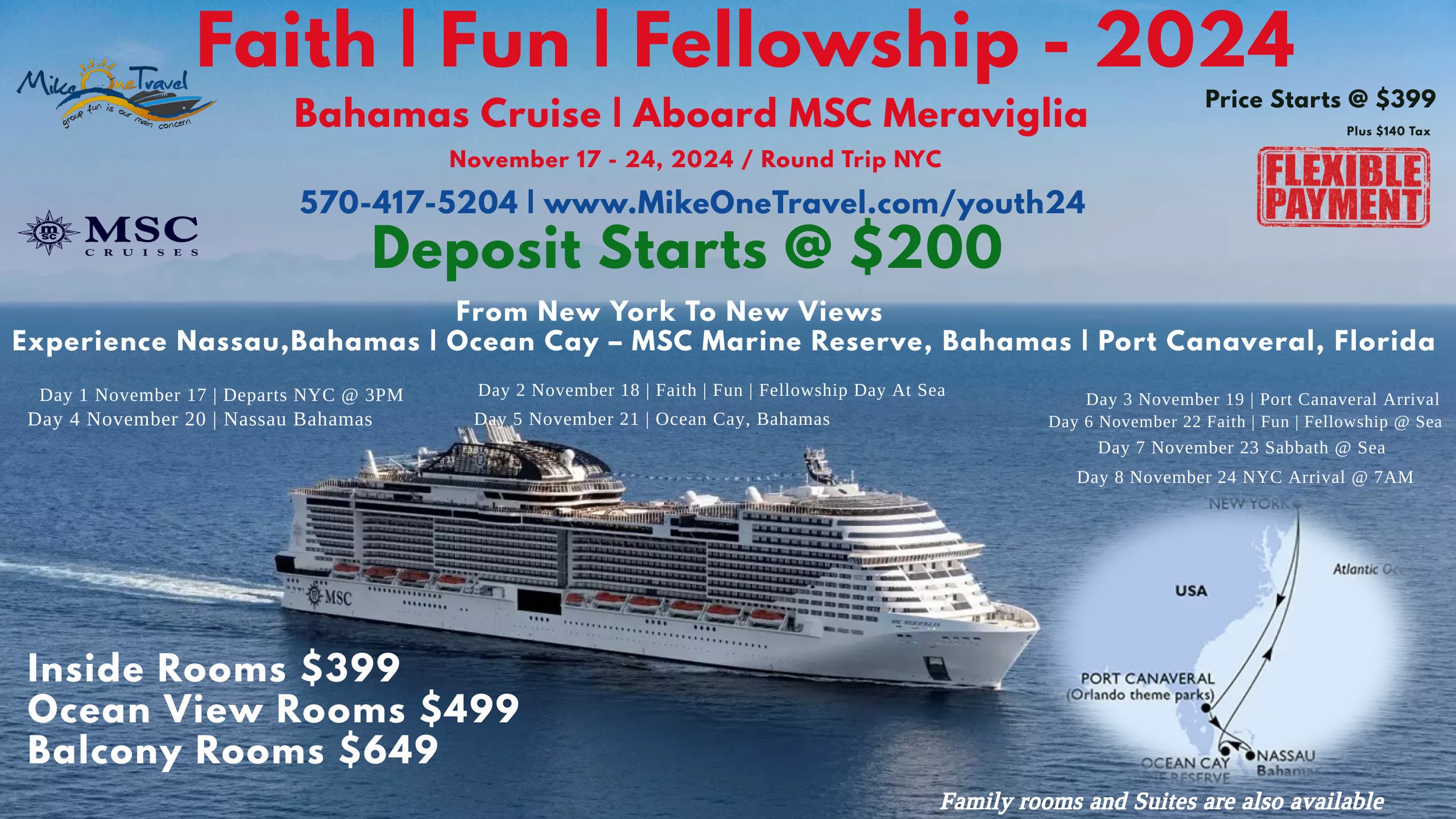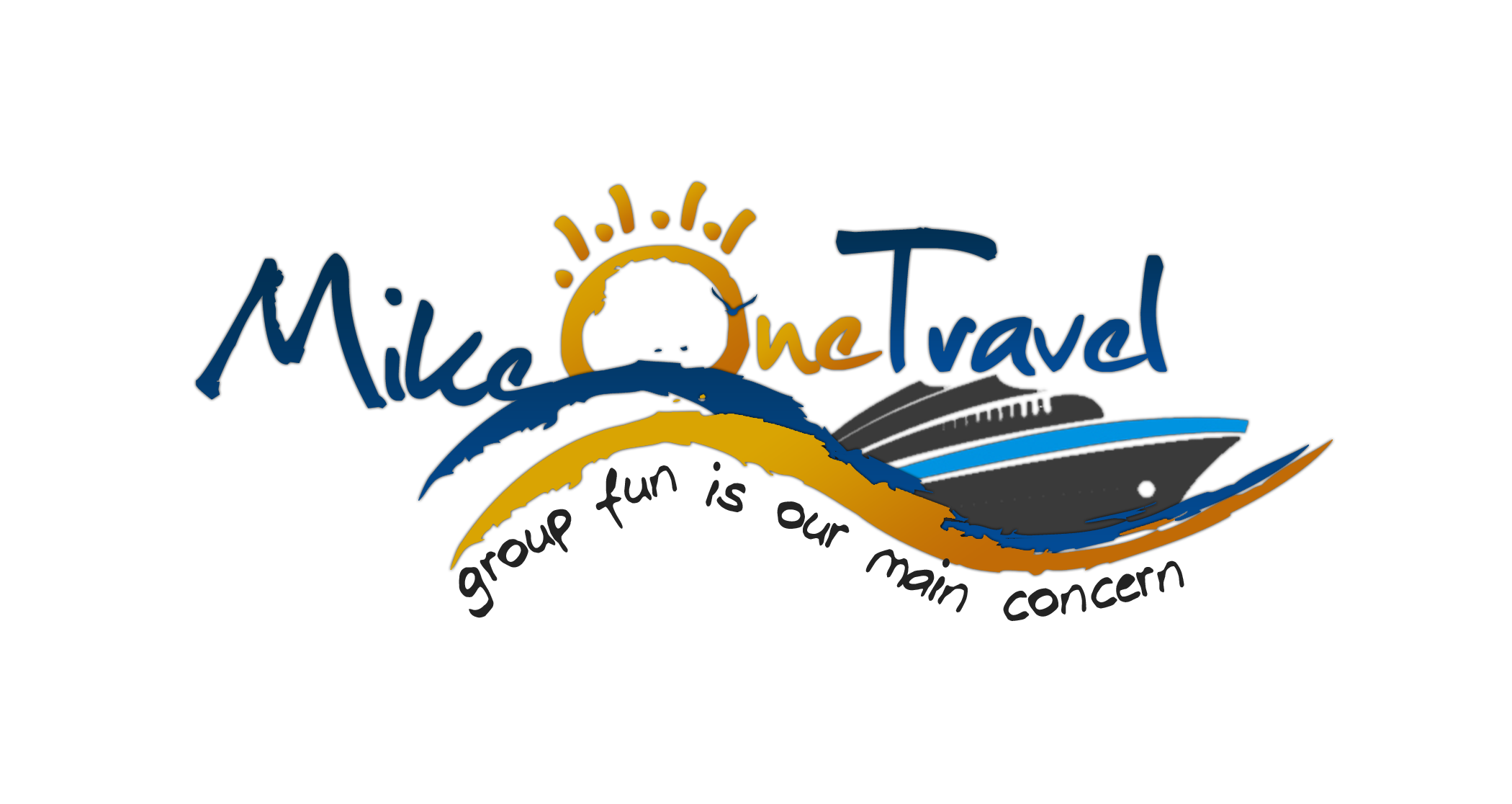Nassau, Bahamas: is the capital and largest city of The Bahamas. It is located on the island of New Providence, which had a population of 246,329 in 2010, or just over 70% of the entire population of The Bahamas. As of April 2023, the preliminary results of the 2022 census of the Bahamas reported a population of 296,522 for New Providence, 74.26% of the country's population.[4] Nassau is commonly defined as a primate city, dwarfing all other towns in the country. It is the center of commerce, education, law, administration, and media of the country. Lynden Pindling International Airport, the major airport for The Bahamas, is located about 16 km (9.9 mi) west of the city center of Nassau and has daily flights to and from major cities in Canada, the Caribbean, the United Kingdom, and the United States. Nassau is the site of the House of Assembly and various judicial departments and was considered historically to be a stronghold of pirates. The city was named in honor of William III of England, Prince of Orange-Nassau.
Nassau's modern growth began in the late eighteenth century, with the influx of thousands of Loyalists and their slaves to the Bahamas following the American War of Independence. Many of them settled in Nassau and eventually came to outnumber the original inhabitants. As the population of Nassau grew, so did its populated areas. Today, the city dominates the entire island. However, until the post-Second World War era, the outer suburbs scarcely existed. Most of New Providence was uncultivated bush until Loyalists were resettled there following the American Revolutionary War; they established several plantations, such as Clifton and Tusculum. Slaves were imported as labor.
After the British abolished the international slave trade in 1807, they resettled thousands of Africans liberated from slave ships by the Royal Navy on New Providence (at Adelaide Village and Gambier Village), along with other islands such as Grand Bahama, Exuma, Abaco and Inagua. In addition, slaves freed from American ships, such as the Creole case in 1841, were allowed to settle there. The largest concentration of Africans historically lived in the "Over-the-Hill" suburbs of Grants Town and Bain Town to the south of the city of Nassau, while most of the inhabitants of European descent lived on the island's northern coastal ridges.
Source:https://en.wikipedia.org/wiki/Nassau,_Bahamas
Cape Canaveral, Florida: After the establishment of a lighthouse in 1848, a few families moved into the area and a small but stable settlement was born. As the threat of Seminole Indian attacks became increasingly unlikely, other settlers began to move into the area around the Indian River. Post offices and small community stores with postal facilities were established at Canaveral, Canaveral Harbor and Artesia. It is thought the Artesia post office was so named for the ground water of artesian springs that are prevalent in the area. In 1890, a group of alumni from Harvard University students established a hunter’s gun club called the Canaveral Harvard Club with a holding of over 18,000 acres (7,300 ha). Their game hunts helped clear the wilderness for other settlers to move into the area. In the early 1920s, a group of Orlando journalists invested more than $150,000 in the beach acreage that now encompasses the area of presidentially named streets in Cape Canaveral. They called their development Journalists (now Avon-by-the-Sea) in honor of their trade. A wooden bridge linking Merritt Island with the area had just been constructed. The developers anticipated a growing number of seasonal visitors. At that time, fishermen, retirees, and descendants of Captain Mills Burnham —the original official keeper of the Cape Canaveral Light—resided in the northern part of the present city. Due to the hardships caused by the Great Depression, many investors defaulted on their holdings. Much of this land was recovered by newspaper owner R.B. Brossier and his son, Dickson, after they sold their Orlando home and used the remaining $4,500 to purchase much of the Avon area. In the 1930s, archaeologists from Yale University surveyed various Native American sites in the area.
In 1951, anthropologist Irvine Rouse of Yale University visited the area and performed research. By 1958 the workforce and the economy had grown with the space exploration program. At that time, state statute allowed an adjacent city to annex an unincorporated area without a vote of the residents. Local property owners were concerned that Cocoa Beach might annex them. Landowners felt that Cocoa Beach had more city debt and higher land taxes than they wished to support. The City of Cape Canaveral started in 1961 when a committee was formed to incorporate.[8] Due to paperwork delays the city charter was made into bill 167 and approved by the Florida State Legislature in Tallahassee on May 16, 1963. In 1967, the annual Sun and Space Festival was started. It had flyovers and a parade that included a stop at the newly opened Museum of Sunken Treasure.[8] This contained artifacts from the 1715 Treasure Fleet.
Source:https://en.wikipedia.org/wiki/Cape_Canaveral,_Florida
MSC Ocean Cay Reserve is an island in the Bahamas located in the district of Bimini. It is located 20 miles south of Bimini proper. Ocean Cay is an artificial island which was built by dredging in the late 1960s by Dillingham Construction of Hawaii [1] and was used to mine white Aragonite sand for diverse industrial purposes. The cay has been redeveloped as a private island called Ocean Cay MSC Marine Reserve for MSC Cruises. Ocean Cay is an island that was man-made created originally for the mining of aragonite sand. The total size of the island is 95 acres and the original owners also had dredged the area to allow for deep vessels to dock for the exportation of the sand. When Dillingham Construction abandoned the island, the cay fell into a state of decay. In 2015, the executive chairman of MSC Cruise line, Pier Francesco Vago, signed a 100-year lease agreement with the Bahamian government to redevelop the island into a new resort for the cruise line. The cruise line planned to spend $200 million for the total project. The restoration would involve removing all the abandoned mining facility and infrastructure. A 3-part documentary film series entitled Building Paradise Island by director James Redgate documented the cleanup of the island, the conservation leading to marine reserve status, and the building of a new resort from the ground up.
https://en.wikipedia.org/wiki/Ocean_Cay
Payment and Refund Policy
Ask about our flexible payment plan when calling
$200 Due at time of booking
100% money back before June 15th, 2024 when booking the refundable ticket option. No refunds or transfers after June 16th, 2024. Price includes meals, entertainment, sports activities, multiple lounges, and swimming pools… Price excludes air and ground transportation, and $140 tax per person











